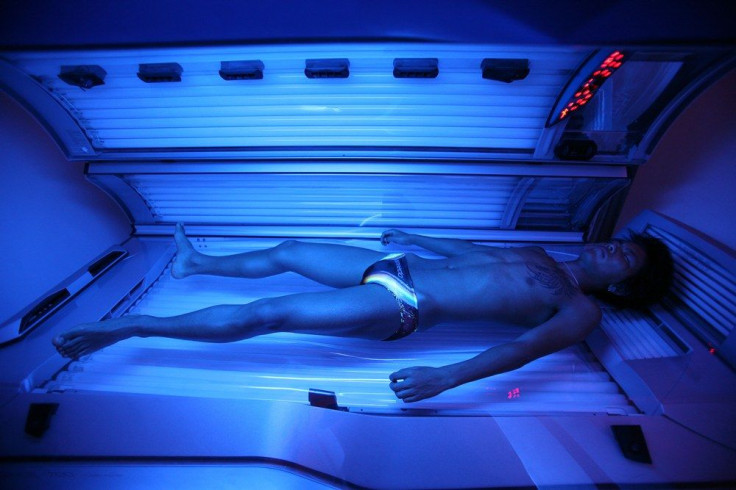Teens Who Frequent Indoor Tanning Are Also Current Smokers And Active Social Media Users

A new research found that more than a third of high school students in New Jersey are engaged in indoor tanning practices. It also appeared in the research letter, Frequent Indoor Tanning among New Jersey High School Students, published in the Journal of the American Academy of Dermatology, that those who engage in indoor tanning are likely to be smokers and active social media users in relation to their indoor tanning habits.
The study, which was conducted by the Rutgers Cancer Institute of New Jersey and Rutgers School fo Public Health, analysed the survey results of 1,850 public school students in grades nine through 12 in New Jersey, according to the 2012 New Jersey Youth Tobacco Survey. The said survey focused on tobacco use. However, several questions related to indoor tanning were also included. The participants were also asked to report if they were current smokers, with current pertaining to having smoked at least one cigarette in the last 30 days. The number of indoor tanning sessions they have undergone, both in a tanning booth or bed with tanning lamps, were also asked.
The participants who engaged in indoor tanning practices in the past year also indicated the specific time of the tanning session -- before a special occasion, or to simply improve their feelings or mood. They also reported social media activities such as becoming a fan, liking or following tanning salon pages on a single or on multiple sites. Finally, they expressed how hard it would be for them to stop the practice.
Specific statistical data were collated following the review of the survey answers. 38 percent confirmed that they were frequent tanners, meaning they have undergone a minimum of 10 tanning sessions during that time. Furthermore, the statistical data results specific to frequent tanners include: 57.6 were current smokers, 75.2 percent tanned to boost their mood, 54.6 percent used social media linked to tanning salons and 90.3 expressed that it would be hard to stop.
Indoor tanning exposes users to ultraviolet (UV) rays, and can get the skin damaged, resulting in skin cancer. The Centers for Disease Control and Prevention (CDC) confirmed that the worst effects of indoor tanning can be acquired if started during adolescence or early adulthood. It poses a high risk of melanoma, which is known to be the deadliest skin cancer of all. In 2013, commercial indoor tanning was prohibited in teens aged 17 years and below in New Jersey. This new study is said to create the needed groundwork in re-assessing the effects of the ban among these minors.
“Even though a commercial tanning bed ban is now in place for many high-schoolers in New Jersey, we have learned from the experiences of other states that this does not entirely eliminate indoor tanning among youth,” said lead researcher Elliot J. Coups, PhD, behavioral scientist at the Cancer Institute of New Jersey and associate professor of medicine at Rutgers Robert Wood Johnson Medical School. With this, he said that interventions that can raise tanning risks awareness and address behavioural patterns are of utmost importance.
To contact the writer, email rinadoctor00@gmail.com





















